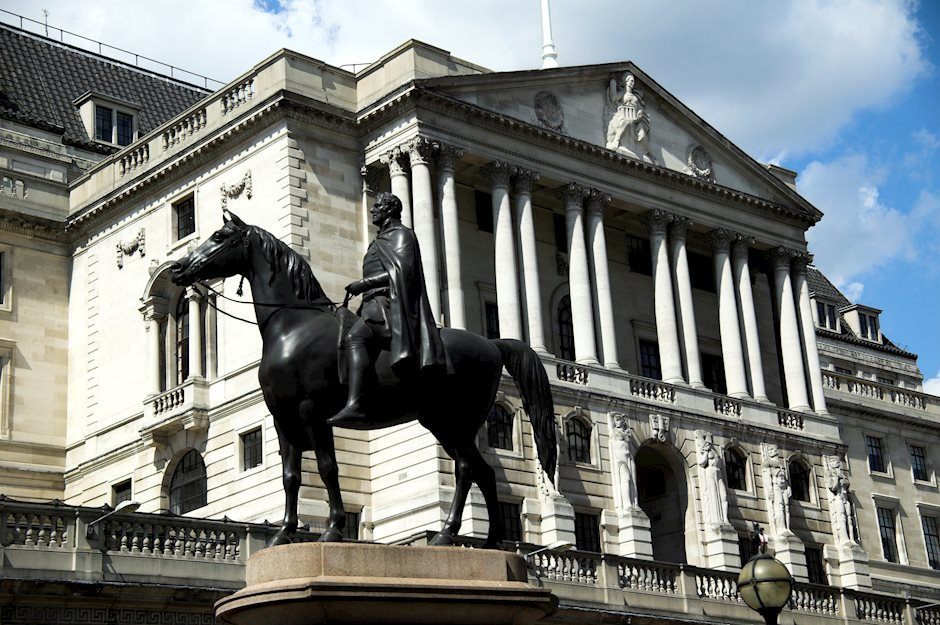BoE’s Bailey: Response to inflation if needed will be via rates

In a speech, given at the Society of Professional Economists Annual Dinner, Andrew Bailey, governor of the Bank of England, said the monetary policy response, if needed to make one, to the inflation pressure should involve interest rates and not QE.
Key Quotes:
“The rate of recovery has slowed over recent months, and that slowing is continuing. Relative to the fourth quarter of 2019, on the latest data to July, the level of GDP was 3.5% lower.”
“Having been well below target last year and into this year, it has risen above rapidly, to 3.2% in August. Much of the latest rise reflects base effects from last year, but we have also seen unusually strong rises in some items, including some foodstuffs, used cars and accommodation.”
“Our forecast in August had inflation rising to 4% by the end of this year, and developments since then mean that inflation is likely to rise to slightly above 4%. The major contributors to the further increase are not base effects but rather the strength we are now seeing in goods and energy prices.”
“In considering how to use monetary policy, it is also important to understand the nature of the shocks that are causing higher inflation. The shocks that we are seeing are restricting supply in the economy relative to the recovery of demand (…) tightening monetary policy could make things worse in this situation by putting more downward pressure on a weakening recovery of the economy.”
“Monetary policy should not respond to supply shocks which do not become generalised through their impact on inflation expectations.”
“But all of this group were of the view that the stimulus to monetary policy enacted in response to Covid would need to start to unwind at some point, that unwind should be enacted by an increase in Bank Rate, and if appropriate would not need to wait for the end of the current asset purchase programme.”
Author

Matías Salord
FXStreet
Matías started in financial markets in 2008, after graduating in Economics. He was trained in chart analysis and then became an educator. He also studied Journalism. He started writing analyses for specialized websites before joining FXStreet.

















